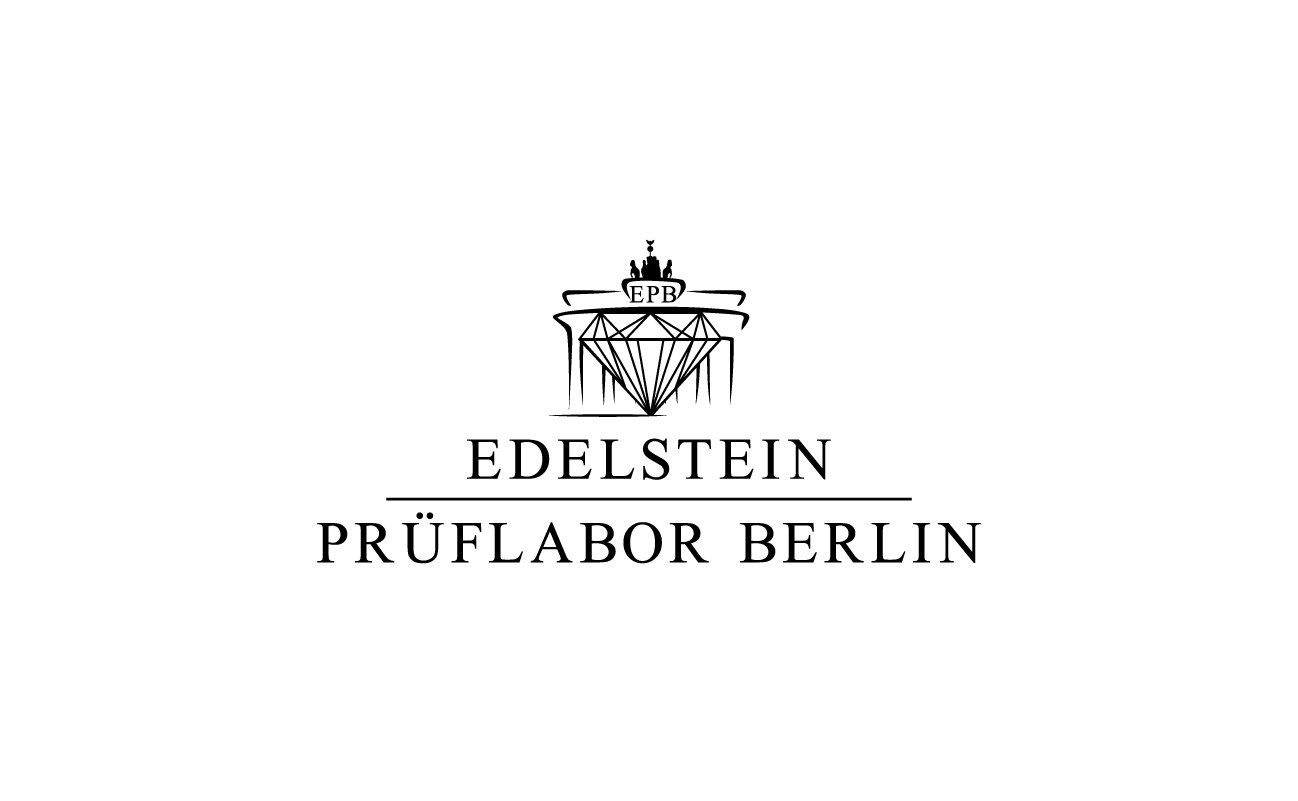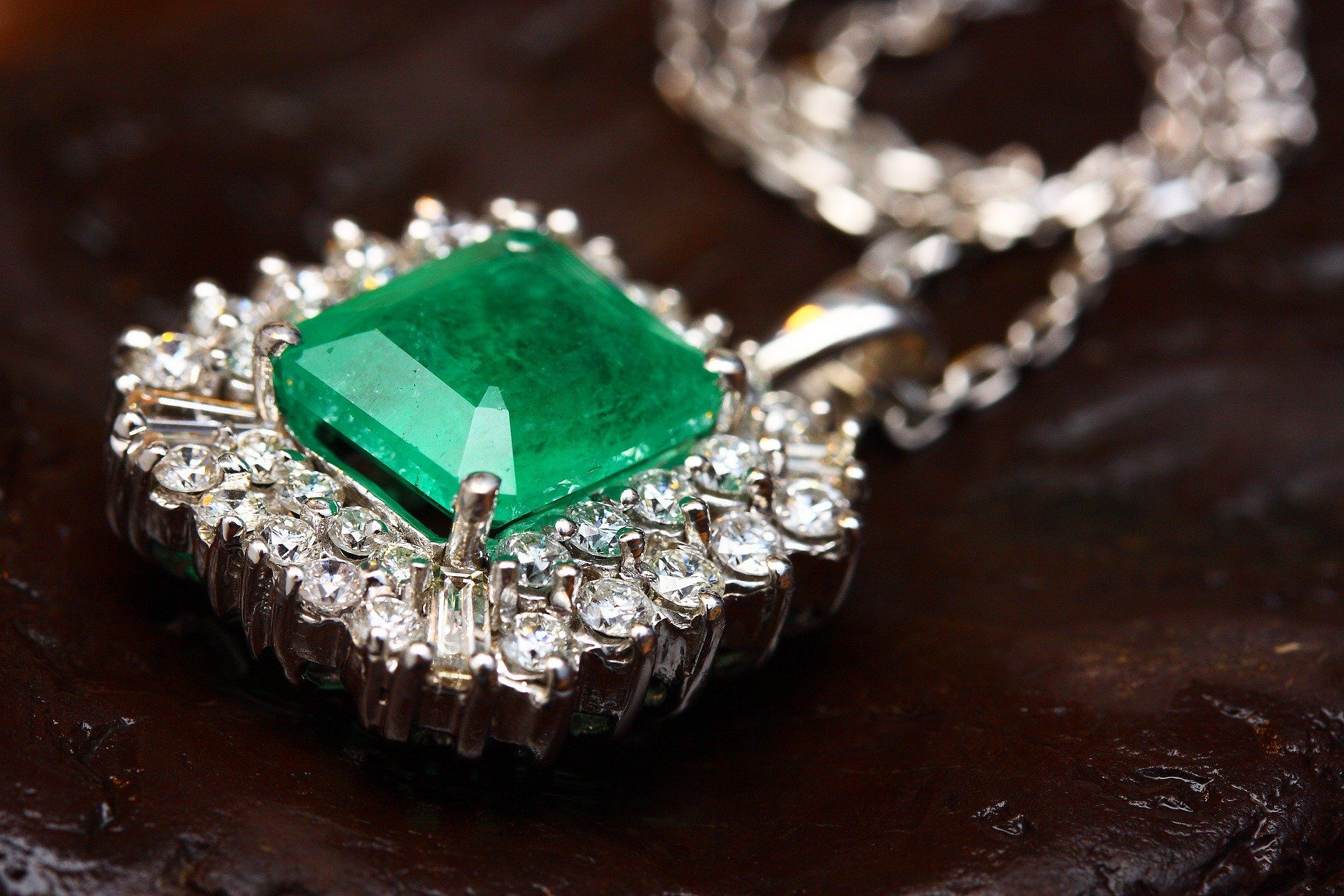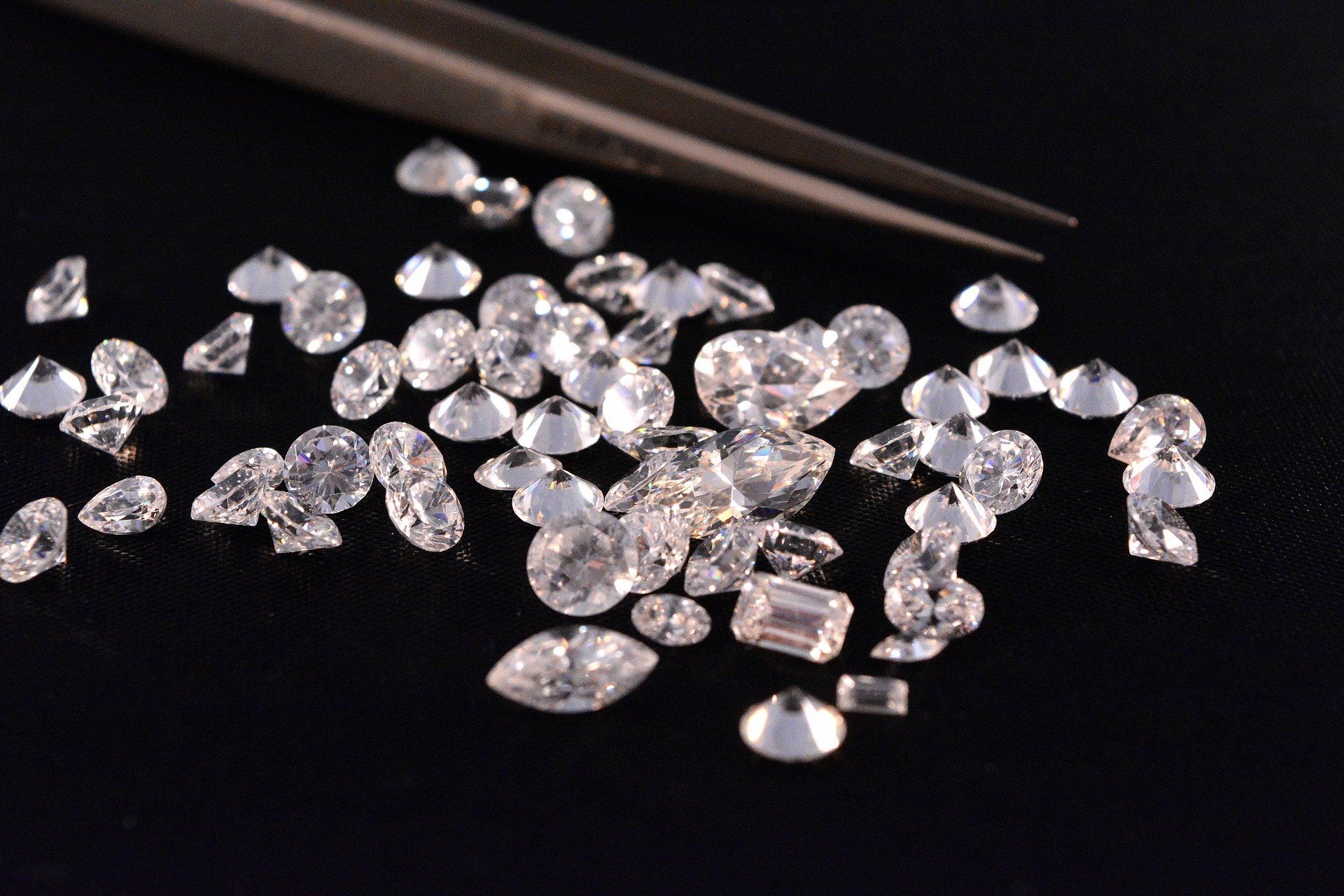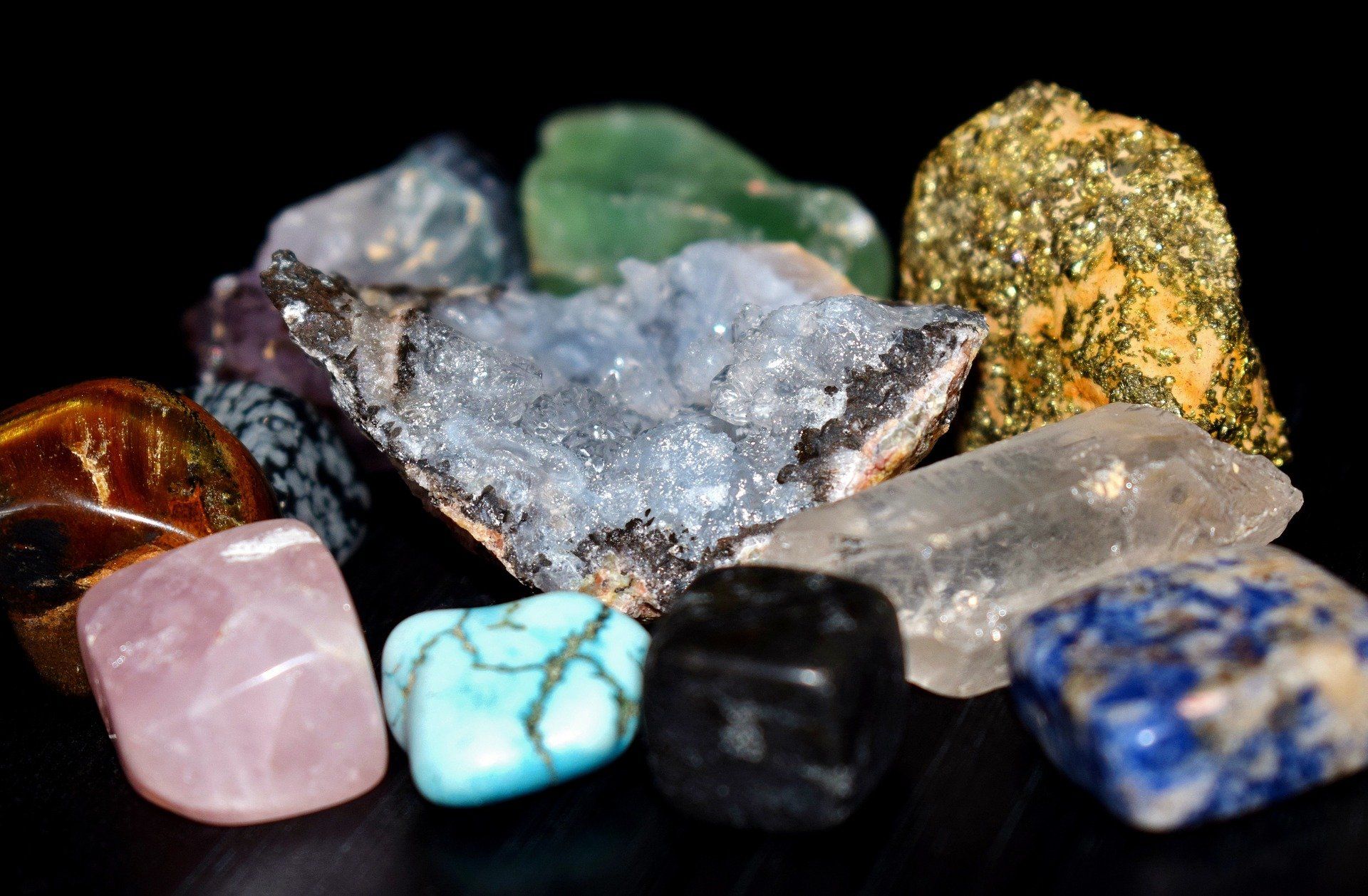Diamonds
Immerse yourself in the world of diamonds
Valuation of diamonds and melee - sorting on site
HPHT and synthesis detection in diamonds
"A diamond is a unique and valuable asset, an exceptional mineral that is...created by nature and processed by humans.”
In order for the stone to be fully appreciated, all information about the diamond is required. You can find all of these in your certificate from the Berlin Gemstone Testing Laboratory. A certificate is only useful if it is detailed and trustworthy. The EPB certificate enjoys an excellent reputation due to its objectivity, trustworthiness and quality. In the EPB, the diamonds are appraised by several graduates independently of one another, guaranteeing strict neutrality and objectivity. The diagnosis and detection of various types of treatment to change the degree of clarity or color are just as much a prerequisite for an efficient testing laboratory as is the reliable identification of imitations and synthetic diamonds.
The EPB has the latest scientific equipment and instruments, which are subject to constant quality control according to international standards. Active participation in international associations and organizations ensures that we have the latest knowledge in gemology.
The diamond grading in the gem test laboratory Berlin is carried out according to the internationally valid guidelines of the IDC - International Diamond Council. Expertise, experience and
Objectivity is our top priority.
The 4'c for grading diamonds,
is defined as follows on the scale below, Learn more.
Diamonds as an investment?
A Diamonds is Forever - is the famous slogan of De Beers, the largest diamond producer in the world. in theIn the truest sense of the word, the diamond is not only a coveted precious stone for jewellery, but is also suitable
excellent as an investment.
For the purpose of long-term security of assets, it is advisable to invest in real assets. So canMonetary losses (e.g. as a result of inflation or currency reform) can be prevented.
Diamonds are considered the hardest currency!!!
The price of diamonds has increased tenfold since 1960 and has even doubled in the last 10 years. per year isthe increase in value of diamonds averages 6.4 percent.Diamonds are ideal for investors who prefer long-term investments in real assets or who want to invest their wealthswitch to speculative investment products. However, only particularly high-quality diamonds are suitable forsuch an investment. Diamonds are material assets with limited availability and clearly identifiable quality featuresthus a stable and inflation-proof form of investment.
Whether as a pension, as a store of value for your ownchildren and grandchildren or as protection against crises.Diamond investments are never fully devalued, rather bidthe possibility of long-term increases in value.Diamonds are great values in a small space and are therefore an investment form that is easy to transport.
They areprotected against inflation and are ideally suited as a crisis currency.After the one-year speculation period, the increase in value of investment diamonds is tax-free.Diamond prices are not dependent on the economy or political fluctuations. Both in industryas well as in the jewelry and luxury goods industry, the demand for diamonds is constant. A healthy marketregulates itself according to supply and demand.
Diamonds are considered the most stable thanks to their conservative and steady rise, along with goldInvestment funds evaluated. This has been particularly evident in times of economic crises. Since midIn 2007 interest in investment diamonds surged (because of the mortgage crisis), which pushed their price up tohalf of 2008 has increased very significantly. Since then the price has been stable.
The value of the diamonds is converted via USD and it is the same all over the world.The most effective place to do business is on diamond exchanges located around the world, there are almost 30such exchanges.In contrast to the uniform commodity gold, where only the weight makes up the price differences, there are atDiamonds have a variety of criteria that ultimately determine the price. Here one speaks of the four C's: Carat
(Weight in carats, where one carat equals 0.2 grams), Cut, Clarity and Color.The certificate, often referred to as the fifth "C", finally certifies the quality and authenticity of the productdiamonds A handful of recognized testing laboratories such as the Gemological Institute of America (GIA) or the HRDAntwerp produce these expertises.
Investment diamonds should never be purchased without one of these certificateswill.
We advise you before you invest money properly, contact us and find out more!









